5 Absolutely Absorbing Facts About ‘The Abominable Dr. Phibes’
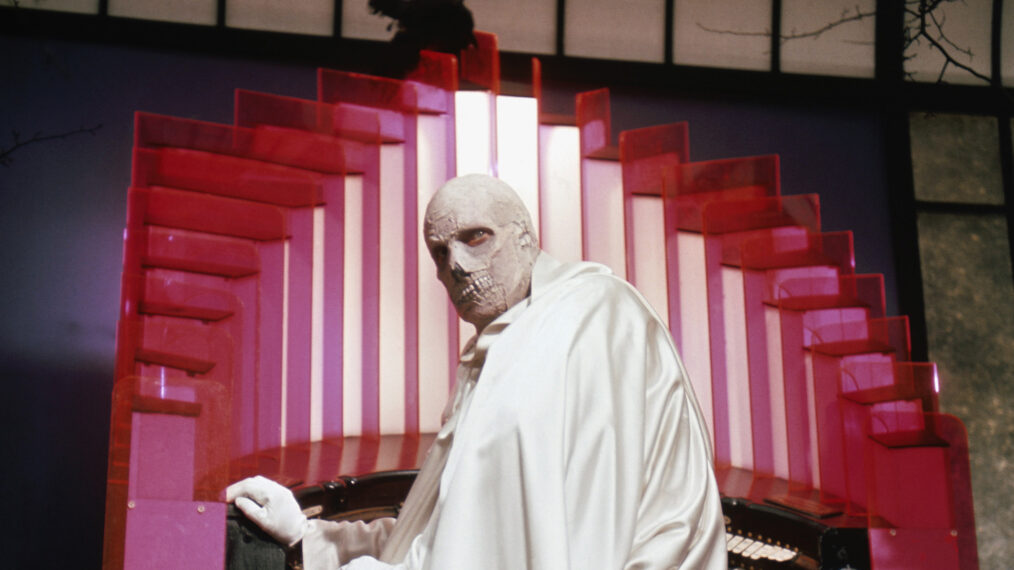
Get ready to laugh while you scream this Saturday night (Nov. 9) when Svengoolie airs the 1971 Vincent Prince horror/comedy The Abominable Dr. Phibes on his MeTV series Svengoolie Classic Horror & Sci-Fi Movie.
A mashup of The Phantom of the Opera, the story of Passover and a whole lot more, the film follows Price’s Dr. Anton Phibes, a genius organist in 1920s England who believes that his wife died due to medical incompetence. After rising from a car wreck thought to have killed him, the badly disfigured and voiceless Phibes dons a mask, creates a machine that allows him to speak and takes down those he blames for his wife’s death — using tactics from the Biblical Ten Plagues of Egypt.
Read on to learn more about the only movie we know of to contain both a jazz band made up entirely of robots and death by bat!
1It Was Price’s 81st(!) Credited Film
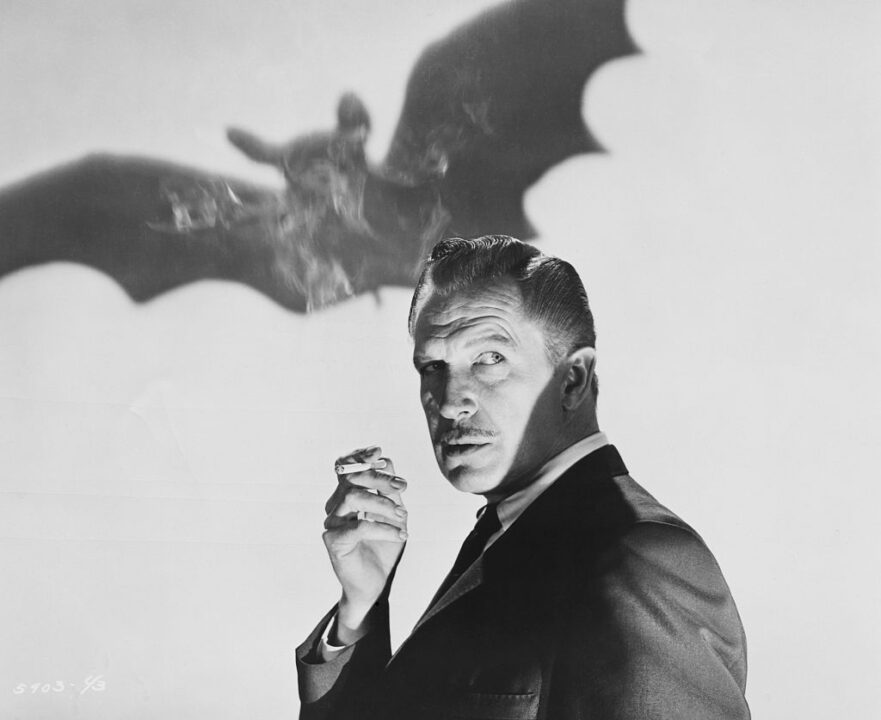
Vincent Price is known for his inimitable acting style, instantly recognizable appearance and foundational role in the creation of the horror film genre.
But he’s just as notable for the sheer volume of films he shot — over 100, from 1938’s Service de Luxe to his final cinematic work released within his lifetime, 1990’s Edward Scissorhands. And that’s not even touching his massive list of TV, live theater, audio recording and talk show guest credits, or the multiple cookbooks he wrote. The man liked to stay busy!
The film was sometimes marketed as Price’s “100th film,” though contemporary counts of his film roles seem to contradict that.
2Peter Cushing Was Supposed to Appear in the Film
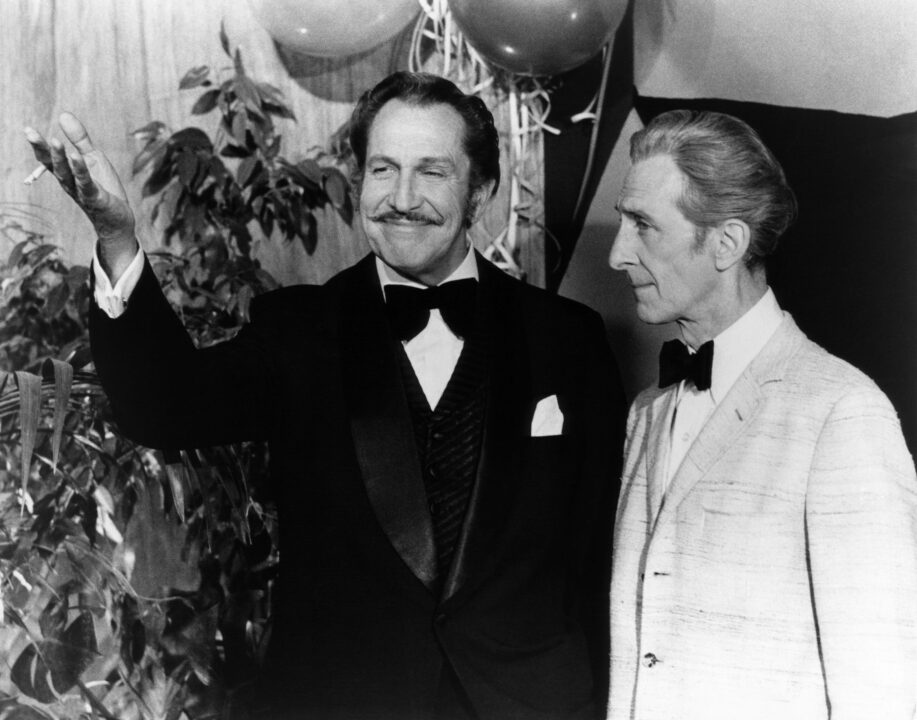
Everett Collection
Hammer Horror icon Peter Cushing was originally cast in the film as Dr. Vesalius, Phibes’ nemesis. It would have been the first onscreen pairing of these horror icons — though they had both appeared in the 1970 film Scream and Scream Again, they didn’t share any screen time. However, Cushing had to drop out of the film for personal reasons and was replaced by Joseph Cotten.
However, the two titans of terror joined forces onscreen soon after, beginning with 1974’s Madhouse. And in 1983’s House of Long Shadows, the two men appeared alongside Christopher Lee and John Carradine for a film that should probably hold the Guinness World Record for most midcentury horror icons on a single screen, right?
3The Film’s Murders Don’t Actually Stick That Closely to the Bible
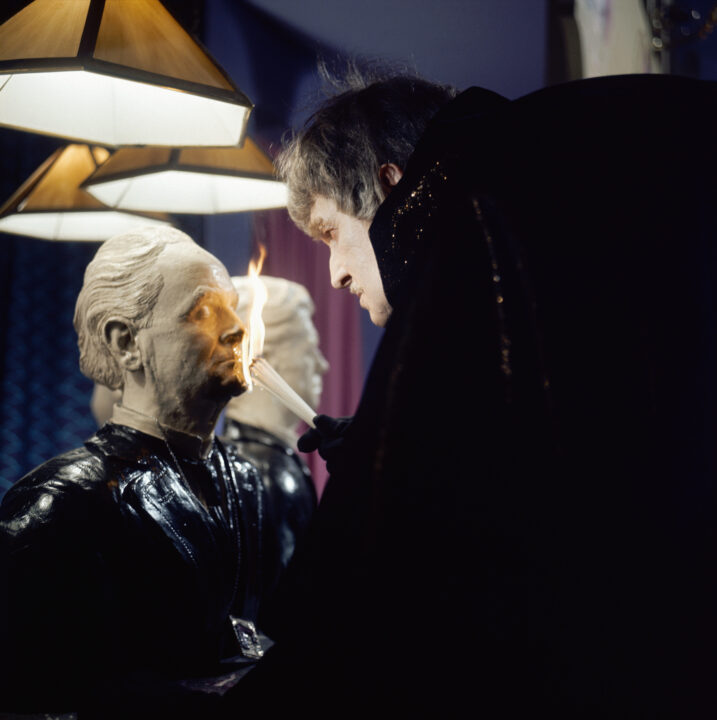
Everett Collection
Though Dr. Phibes makes the decision to strike down his enemies in the same way God did in the Old Testament, it’s still Hollywood — and hey, some of those Old Testament plagues are extremely hard to film! Lice and flies provided too many challenges to capture on camera, so the film’s producers swapped in the far more photogenic rats and bats.
4Absolutely Fabulous Star Joanna Lumley Had Her Scenes Cut

Everett Collection
If you’re a fan of British comedy, you may know Joanna Lumley as cocktail-swilling fashion magazine editor Patsy Stone, star of the dark ’90s BBC comedy Absolutely Fabulous.
But decades earlier, Lumley was beginning to make her way in the British film industry, first as a Bond girl in 1969’s On Her Majesty’s Secret Service, and then in a small role as a lab assistant in Dr. Phibes. Lumley’s scenes were cut, however, and have never been recovered.
She gave British horror another shot two years later, appearing in The Satanic Rights of Dracula, alongside Christopher Lee in his final Hammer Dracula film. Lumley pivoted to TV after this, though it would still be nearly two decades before her major breakthrough.
5The Film’s Original Tagline Mocked a Hit Film
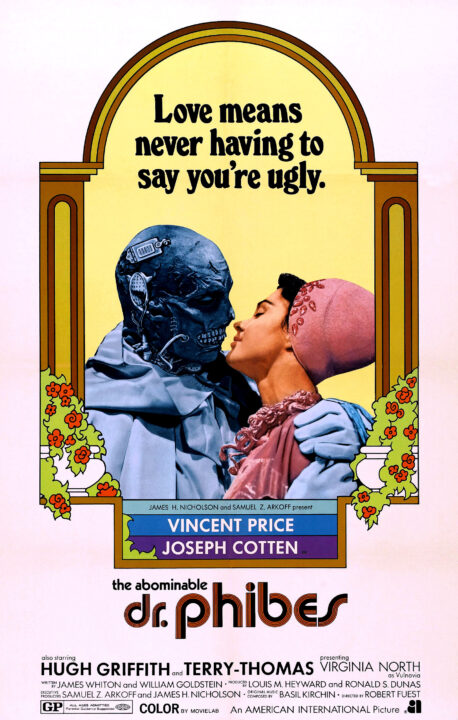
Everett Collection
The top movie of 1970 was Love Story, the Ali MacGraw/Ryan O’Neal tear-jerker about a young couple whose lives together are cut short when Jenny (MacGraw) develops a terminal illness.
Dr. Phibes is not very similar to Love Story — to start with, it has wayyyyyy more locusts and rats. But it does tell the story of a man destroyed when the love of his life passes away. So maybe that’s why producers decided to create a tagline that played off Love Story’s iconic line, “Love means never having to say you’re sorry.”
Dr. Phibes was originally released with the tagline: “Love means never having to say you’re ugly.” Filmgoers were more than a little confused by it, and producers eventually experimented with more horror-oriented taglines.
For the full November Svengoolie schedule, click here.

Frankenstein
October 2024
Frankenstein’s monster has haunted us onscreen for nearly 100 years. Celebrate the O.G. creature in the movies and culture.
Buy This Issue
